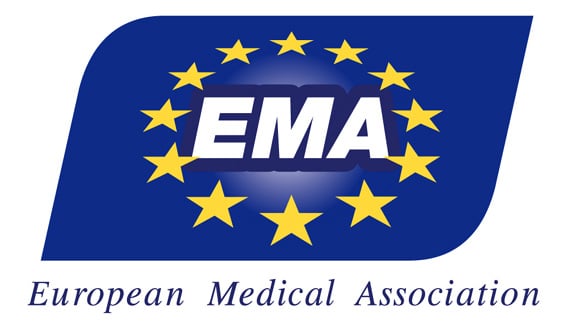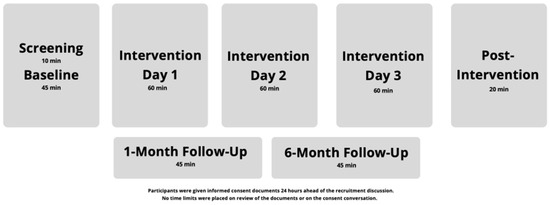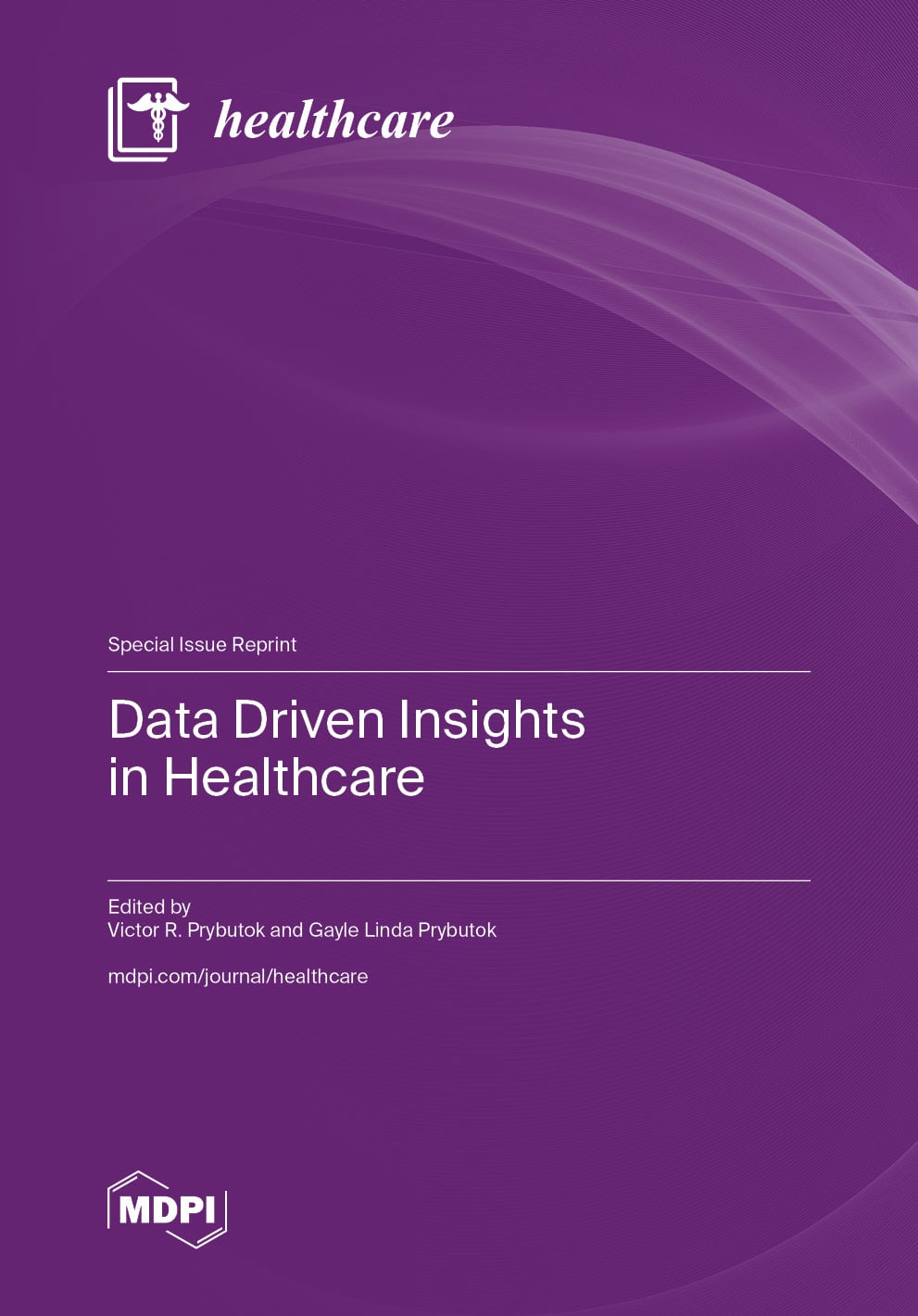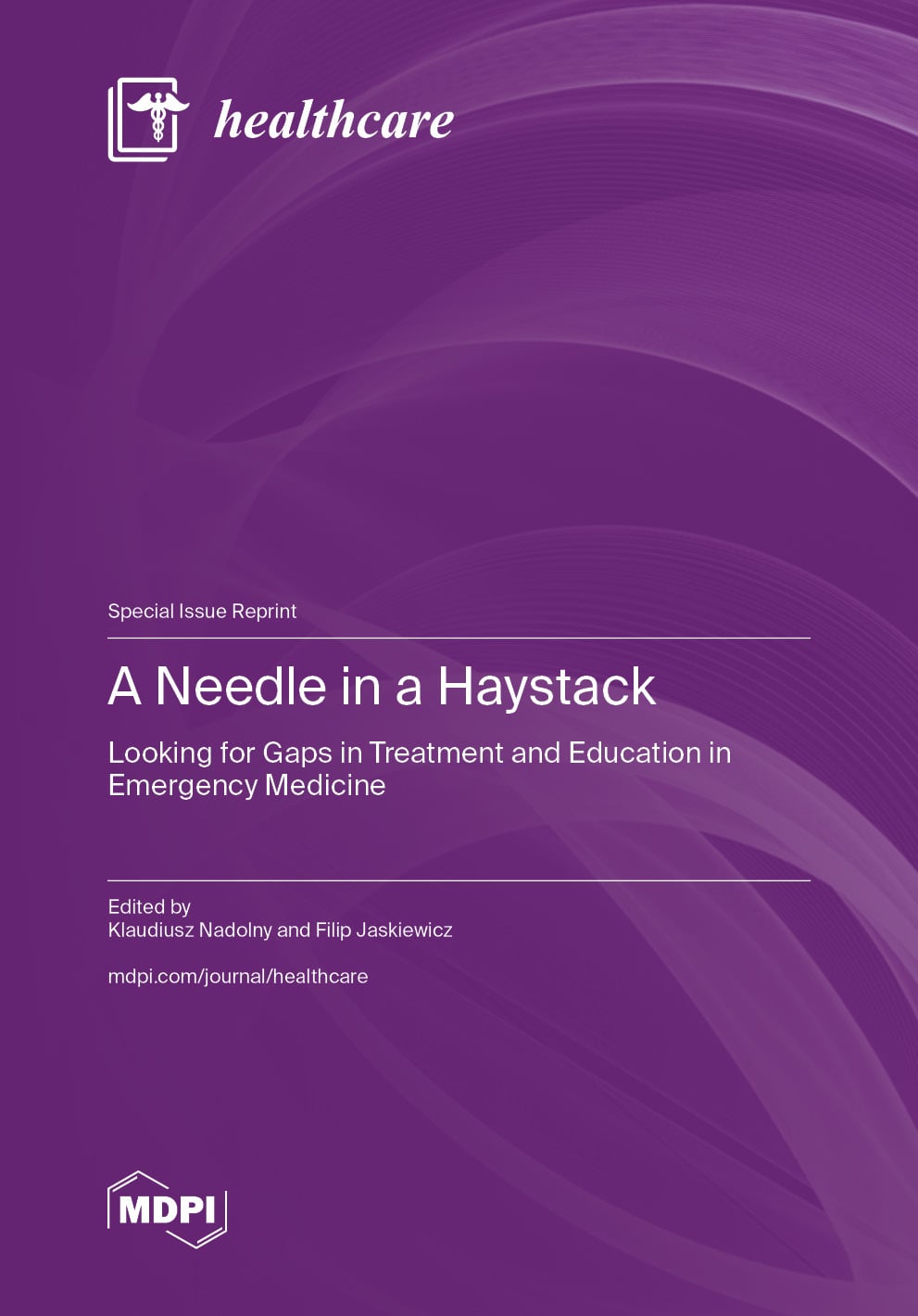- Article
Feasibility of Recruiting Psychiatrically Hospitalized Adults for a Randomized Controlled Trial of an Animal-Assisted Intervention
- Lisa Townsend,
- Nancy R. Gee and
- Erika Friedmann
- + 3 authors
Background/Objectives: Evaluating the feasibility of randomized controlled trials (RCTs) represents a critical next step for advancing human–animal interaction (HAI) science and rigorously exploring the role of animal-assisted interventions (AAIs) in psychiatric acute care. This study presents strategies for conducting a pilot RCT comparing an animal-assisted intervention involving dogs (AAI) with an active conversational control (CC), which incorporated conversation with a human volunteer, and treatment as usual (TU) for improving mental health outcomes in psychiatrically hospitalized adults. Methods: We recruited participants from an acute-care psychiatric unit at an academic medical center. AAI and CC were delivered by volunteer handlers with and without their registered therapy dogs. Feasibility data included number of recruitment contacts, recruitment rate, and reasons for non-enrollment. We describe recruitment challenges encountered and mitigating strategies for successful study completion. Results: Recruitment occurred over 23 months with a goal of 60 participants participating in at least one intervention day. A total of 264 patients were referred to the study and 72 enrolled. The additional 12 people were recruited to replace participants who did not complete any intervention days and did not provide any intervention data. Study recruitment goals were met with a recruitment rate of 27.30%. Conclusions: Research to improve the lives of patients in acute psychiatric care is a vital public health goal, yet RCTs are difficult to conduct in acute care settings. Studies like this strengthen HAI and psychiatric science by providing a roadmap for implementing successful AAI RCT designs.
7 January 2026







